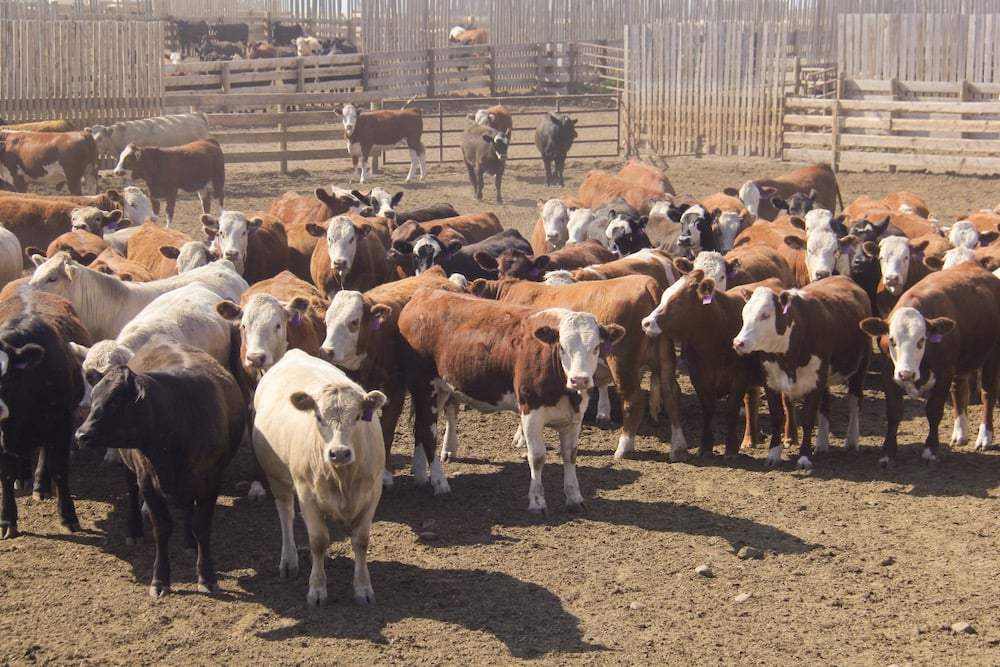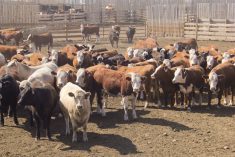Chicago | Reuters — Chicago Mercantile Exchange live cattle futures eased on Tuesday, pressured by new federal efforts to address a lack of competition in the U.S. meat processing sector.
The initiative, announced by U.S. President Joe Biden on Monday, includes funding for more independent meat processors, strengthening enforcement of the Packers and Stockyards Act, and clarification of country-of-origin labeling.
The move comes amid concerns that a few beef, pork and poultry processors control the majority of American meat processing and pricing, at the expense of their suppliers and customers.
Read Also

U.S. livestock: Feeder cattle rise to new highs on tight supply, strong cash prices
Chicago | Reuters – Chicago Mercantile Exchange feeder cattle futures rallied on Thursday to a record high on strong cash…
“The efforts would actually be positive for live cattle prices in the long term,” said Rich Nelson, chief strategist at Allendale Inc., noting the efforts likely wouldn’t bring down elevated retail beef prices.
“It simply gives the live animal producer a greater percentage of the wholesale beef prices.”
CME February live cattle futures settled 1.1 cents lower at 137.825 cents/lb., while CME March feeder cattle futures settled down 3.175 cents at 166.35 cents/lb.
Boxed beef prices continued higher, with select cuts adding 68 cents, to $259.58/cwt, while choice cuts gained $1.63, to $267.66/cwt.
Packers processed 117,000 head of cattle, the U.S. Department of Agriculture said, down 5,000 head from a week ago and 1,000 fewer than the same day last year.
Cash live cattle trade held steady into this week, with northern Plains markets seeing $140/cwt, while southern markets traded $138/cwt.
Lean hog futures also felt pressure from the White House announcement, with CME February hogs dropping 0.975 cents to 80.15 cents/lb.
Processing issues the last few weeks have depressed slaughter numbers, Nelson said, while processors could see a drop in availability of market-ready hogs in the coming weeks.
“Hogs should start their seasonal decline in supplies,” he said.
Hog slaughter fell 8,000 head versus last week at 472,000 head processed, lagging year-ago slaughter by 16,000 head, USDA said.
The Lean Hog Index, a two-day weighted average of cash hog prices, firmed 10 cents to $71.85, but remains near its seasonal low of $70.04, set on Nov. 29, 2021.
— Christopher Walljasper reports on agriculture and ag commodities for Reuters from Chicago.

















